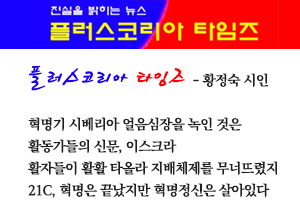베테랑 외신기자 돈 커크, 한국경제 상황 진단
한국 경제성장 이끌었던 수출감소에 주목하며 비관주의 팽배한다고 경고
베테랑 외신기자 돈 커크, 한국경제 상황 진단한국 경제성장 이끌었던 수출감소에 주목하며 비관주의 팽배한다고 경고
[플러스코리아타임즈 = 김일미 기자] 한때 한국은 고속성장으로 세계를 놀라게 했었다. 그러나 지금은 ‘헬조선’이란 자조섞인 한탄이 팽배하다. 갈수록 열악해지는 노동조건, 그리고 노동자들을 무한경쟁으로 내모는 제도, 빈부격차 등 경제 상황은 절망적이다. 외신들의 관심도 높아지는 상황이다.
베테랑 외신기자인 돈 커크는 지난 2월 27일 미 경제 전문지 포브스 기고에서 비관주의가 짙게 드리운 한국 경제의 현주소에 주목했다. 돈 커크는 한국에서 유행하는 헬조선의 의미를 풀어 설명하면서 경제를 진단한다. 그는 특히 수출 감소세를 지적하고 나섰다. 달러화 강세는 수출의존도가 높은 한국 경제에 호재이기는 하지만, 주요 고객인 중동으로부터의 주문이 줄어 결국 수출 감소로 이어졌다는 설명이다.
그는 결말에서 빈부 격차가 점점 벌어지고 있다고 경고한다. 그러나 현 정권은 가진 자 쪽에 유리한 노동법 개정안을 밀어붙이려 하고 있다. 이런 흐름이라면 당분간 한국은 헬조선이라는 오명에서 벗어나지 못할 가능성이 높다.
다음은 뉴스프로가 전역한 돈 커크의 포브스 기고문 전문이다. 번역 감수 : Elizabeth 기사 바로가기 ☞ http://onforb.es/1TETnzl
What ‘Korean Miracle’? ‘Hell Joseon’ Is More Like It As Economy Flounders ‘한국의 기적’이라니? 경제가 무너진 한국은 ‘헬조선’에 가깝다. Donald Kirk Contributor FEB 27, 2016
Pessimism pervades the Korean economy, from financial to shopping markets, from homes to work places, as China’s economic woes, declining exports and low job prospects gnaw into the fabric of the “Korean Miracle.”
중국경제 하락과 함께 수출이 줄어들고 어두운 취업전망이 “한국의 기적”을 갉아먹으면서, 금융에서부터 쇼핑시장에 이르기까지, 가정에서부터 직장에 이르기까지 비관주의가 한국경제에 스며들고 있다.
Nowadays, on the streets of Seoul, in coffee shops, on the Internet, you’re likely to find more people complaining about “Hell Joseon” – Korea’s historical name when the Yi or Joseon dynasty held sway for more than 500 years – than talking up the wonders of economic success.
최근 들어, 서울의 거리에서, 커피숍에서, 그리고 인터넷에서 “헬 조선”–이씨 왕조 혹은 조선왕조가 500년간 지배했던 한국의 옛 이름–에 대해 불평하는 이들이 경제적 성공의 기적에 대해 말하는 이들보다 많아지고 있다.
A man pushes a cart containing cardboard at a shopping district in Seoul. South Korea’s central bank cut its economic growth outlook for 2016 to three percent, citing lingering ‘uncertainties’ over a slowdown in key export markets and the won currency. (JUNG YEON-JE/AFP/Getty Images)
As “Hell Joseon” gains currency, you hardly hear the term “Korean Miracle” in a milieu of glittering shopping centers, skyscrapers, expressways, superfast trains and all the hi-tek gadgets and gizmos of an advanced society.
“헬조선”이라는 단어가 퍼지면서, 이 발전된 사회의 휘황찬란한 쇼핑센터나 고층빌딩, 고속도로, 초고속 열차 그리고 최첨단 기기와 장비들의 환경 속에서 더 이상 “한국의 기적”이라는 단어를 듣기 힘들어졌다.
That’s just window-dressing and superficial appearances, says Paik Sang-eun, tutoring students preparing for the critical national examination that will determine what level college they attend – and whether they have a prayer of finding work at a prestigious company or, for that matter, any company.
그것은 쇼윈도 장식이고 피상적인 겉모습일 뿐이라고 박상은 씨는 말한다. 그녀는 갈 수 있는 대학의 수준을 결정해줄 중요한 대입시험을 준비하는 학생들을 가르치고 있는데, 그 대학의 수준에 따라 학생들은 좋은 기업에 취업할 수 있을지, 또는 어느 회사라도 들어갈 수 있을지가 결정된다.
“I got laid off my job in downsizing,” she says. “Nobody hires middle-aged people. Young people can’t find jobs. Old people are living in poverty.”
“인원 감축에 따라 해고됐다”고 그녀는 말한다. “아무도 중년의 사람을 채용하지 않는다. 청년들도 일자리를 찾을 수가 없고 노인들은 빈곤한 삶을 살고 있다.”
The problem is reaching near-crisis proportions while President Park Geun-Hye calls for “a second miracle on the Han River” – the broad, twisting waterway that bisects Seoul.
박근혜 대통령이 “한강(서울을 이등분하며 넓고 구불구불하게 흐르는 물길)의 두 번째 기적”을 부르짖는 동안, 이 문제는 거의 위기에 다다르고 있다.
“The growth rate has not been as large as expected,” Yoo Il-Ho, deputy prime minister and minister of strategy and finance, admitted at a briefing that I attended. “Young people have experienced dissatisfaction.” While the government “has the major policy goal of creating jobs,” he said, “today we are no longer experiencing growth as in the past.”
유일호 기획재정부장관 겸 부총리는 필자가 참석한 간담회에서 “성장률이 기대한 만큼 높지 않다”고 인정했다. “정부가 일자리 창출을 중요한 정책으로 추진 중이지만 청년들은 불만족스러운 인생을 경험하고 있다. 오늘날의 한국은 더 이상 과거와 같은 성장을 이어갈 수 없다.”
Yoo, whose long title translates as finance minister, still predicted, “Korea will be back on track to achieve 3.1% growth this year” – a rate “higher than those of many other major economies:”
유 장관(직함이 길지만 재정장관으로 번역될 수 있을)은 여전히 “한국은 올해 3.1%의 성장률을 보이며 정상궤도로 돌아올 것”으로 내다보며, 이 성장률은 “다른 많은 주요 경제국들보다 높은 것”이라고 말했다.
What’s happening – and what’s likely?
Yoo blames much of the trouble on China, by far Korea’s largest market. “The financial market instability in major economies amid slowdowns in China and other emerging economies has brought a high level of uncertainty to the global economy,” he acknowledged.
유 장관은 문제의 많은 부분을 현재 한국의 가장 큰 시장인 중국의 탓으로 돌렸다. “중국 및 기타 신흥경제국들이 침체에 접어든 와중에 주요 경제국들의 금융시장 불안정성으로 인해 세계 경제의 불확실성이 높아졌다”고 그는 인정했다.
No, he said, in understatement, “The economy has not fully picked up momentum” – “China’s economic slowdown and low oil prices are adversely affecting Korea’s exports.”
아니다. 절제된 표현으로 그는 말했다. “경제는 완전한 탄력을 받지 못했다 – 중국의 경제 둔화와 국제 유가 하락이 한국의 수출에 악영향을 미치고 있다.”
One of the most disturbing statistics of late was that exports, on which the Korean “miracle” relies, dropped 18.8% year-on-year in January, raising fears that Korea may be in for a slump reminiscent of the 1997-1998 economic crisis.
최근 들어 가장 우려할 만한 통계 중의 하나가 수출 통계다. 한국의 “기적”이 의존하고 있는 수출은 지난 1월 전년 대비 18.8% 감소하면서 한국이 1997-1998년의 경제 위기를 연상시키는 침체 상태일지도 모른다는 불안감이 가중됐다.
But why would the precipitous drop in the price of crude have such an impact on exports from Korea, which has to import all its oil?
그러나 왜 원유가격의 급락이 모든 원유를 수입에 의존해야 하는 한국의 수출에 그와 같은 충격을 주었을까?
As Lee Keun-Tae, economist at the LG Economic Research Institute, explained to Yonhap, the Korean news agency,”Falling crude prices are a big drag on emerging economies, which will inevitably hurt South Korean exports.”
LG경제연구소 경제학자 이근태 씨는 “원유가격의 하락은 신흥경제국들에게 커다란 장애물이며 한국 수출에 불가피하게 해를 입힐 것이다”고 한국 언론 연합뉴스에 설명했다.
With exporters in “acute fiscal crises,” said Yonhap, orders from the Middle East for construction, shipbuilding and other industrial products plummeted last year to $14.7 billion, down 52% from 2014 and the lowest since 2006.
수출업자들이 “극심한 재정위기”를 겪고 있다며, 건설, 조선 및 다른 산업 제품들에 대한 중동으로부터의 주문이 작년에 147억 달러로 2014년 대비 52% 급감해 2006년 이후 최저 수준이라고 연합뉴스는 보도했다.
Talking to heads of state agencies, Finance Minister Yoo said “exports have been in the doldrums due to fast-falling oil prices, Chinese financial turmoil and Japan’s negative interest rate.” Korea’s corporate sector, powered by the mighty chaebol or conglomerates that control the economy, is “losing corporate competitiveness,” Yonhap news quoted him as saying, amid “low growth in the world economy.”
공공기관 기관장 워크숍에서 재경부 유 장관은 “급작스러운 유가 하락과 중국 금융 위기 및 일본의 마이너스 이자율 때문에 수출이 침체 상태에 있다”고 말했다. 한국 경제를 통제하고 있는 거대 재벌, 즉 대기업들이 쥐고 있는 한국의 기업 부문이 “세계 경제의 저성장으로 기업 경쟁력을 잃고 있다”고 연합뉴스는 그의 말을 인용했다.
Even if the economy is not doing nearly so badly as in the dark days of late 1997 and early 1998, Koreans carry bitter memories of what came to be known as “the IMF crisis” – a reference to the country’s going to the International Monetary Fund to bail out the economy. The IMF at the time issued strict guidelines on credit for debt-ridden chaebol, stopping them from borrowing freely from overly friendly banks with no real collateral to back up the loans.
한국 경제가 1997년 말과 1998년 초 암흑의 시대처럼 그렇게 나쁘진 않더라도, 한국인들은 “IMF 위기”-한국이 경제를 긴급구제하기 위해 국제통화기금을 요청하게 된 상황을 일컬음-로 알려진 한이 서린 기억을 지니고 있다. 당시 IMF는 빚더미의 재벌들이 대출금을 보증할 실질적인 담보도 없이 지나치게 친기업적인 은행들로부터 자유로이 대출받는 것을 막기 위해 신용에 대한 엄격한 가이드라인을 시행했다.
A poll conducted by Chosun Ilbo shows that a majority of Koreans – 58.6% — believe conditions are as bad now as they were then. Women – “more sensitive to fluctuation in household finances,” according to Chosun Ilbo — were more negative than men, 60.1% as opposed to 57%.
조선일보가 실시한 여론조사에 의하면 과반수는 – 58.6% – 예전 IMF 시절만큼 상태가 좋지 않다고 믿고 있다. 조선일보에 의하면 “가계 변동에 더 민감한” 여성들이 60.1%로 57%인 남성과는 대조적으로 더 부정적이었다.
That’s not too surprising considering that Korean women, often held back professionally, tend to take charge at home – and household debt led by mortgages, the paper reported from the Bank of Korea, exceeds 1.2 trillion won, about $965 million, up 11.4% from 2014.
한국 여성이 전문적으로 더 자주 가사에 얽매이고 떠맡는다는 점을 고려하면 이러한 통계는 크게 놀라운 사실은 아니다. 또한 이 신문은 한국은행 자료를 인용해 주택담보대출로 인한 가계대출이 2014년보다 11.4% 증가한 1조 2천억원을(역주: 1200조원이라고 언론에 보도됨) 초과했다고 보도했다.
Young people are the most pessimistic – 72.7% of those in their 20’s believe the country is approaching a crisis. One student told me that many in the graduating class of his college, embarrassed by their failure to find jobs, don’t attend graduation ceremonies. Most postpone marriages until they’re at least 30, he said, while almost everyone he knows wants to go overseas for work or study – anything to get out of “Hell Joseon.”
젊은 사람들이 가장 비관적이다. 20대의 72.7%는 나라가 곧 위기가 다가오고 있다고 생각한다. 한 학생은 자신의 대학 졸업반 학생들이 취업실패의 황당함에 대부분 졸업식에 참석하지 않는다고 말했다. 그는 대부분 사람이 결혼을 적어도 서른 살 이후로 미룬다며 자신이 아는 거의 모두가 일이나 공부 – “헬조선”을 벗어나기 위해선 어떤 이유에서라도 해외로 떠나고 싶어 한다고 말했다.
The saddest aspects of Korea’s economic malaise is a high suicide rate – highest among the 34 members of the Organization of Economic Development. Suicide ranks as the top cause of death among those aged 10 to 39. At the other end of the scale, suicides are highest among those 65 and older in a society in which children are less likely to care for their aging parents than in the days of yore.
한국 경제적 문제의 제일 슬픈 측면은 높은 자살률이다 – 34개 OECD 회원국 중 가장 높다. 자살은 10세에서 39세 연령의 가장 주된 사인이다. 반면에, 자살률이 65세 이상 노인들에게 큰 사인이 되는 이유는 예전과 달리 자녀들이 노부모들을 부양하지 않는 사회구조로 변했기 때문이다.
While the air slowly leaks out of the Korean economic balloon, the dollar keeps gaining in value against the won. The dollar, valued at about 1,100 Korean won in January 2015, has soared since then to 1,245 won. That should be good for exports – but not for typical Koreans paying ever higher prices on local markets.
한국 경제 풍선에서 공기가 조금씩 새어 나오는 동안, 달러의 가치는 계속 원화 대비 상승하고 있다. 2015년 1월 달러 가치가 1,100원으로 평가되고 있었지만, 그때 이후로는 1,245원으로 치솟았다. 수출에는 좋을 수도 있지만, 국내시장에서 더 높은 가격을 지불해야 하는 일반 한국인들에게는 그렇지 않다.
As elsewhere, the sense is that the rich are getting richer while ordinary people are squeezed relentlessly.
다른 곳과 마찬가지로, 부자들은 더 부자가 되고 서민들은 지속적으로 쪼들리는 분위기다.
“South Koreans continues to suffer from small injustices that reflect the existence of two realities here,” wrote Koo Se-woong in “Korea Exposé,” a critical website that he edits. One is “available only to those from the right backgrounds and another that is experienced by everyone else.”
“한국인들은 이곳에 존재하는 두 가지 현실을 반영하는 사소한 부당함들에 지속적으로 고통받는다”고 진보적 뉴스사이트 “코리아 엑스포제(Korea Exposé)” 편집장 구세웅 씨가 썼다. 두 현실 중 하나는 “특별한 배경에서 자란 사람들에게만 주어지는 현실이고, 다른 하나는 그 외 모든 사람이 경험하는 현실이다.” <저작권자 ⓒ pluskorea 무단전재 및 재배포 금지>

외신기자 돈 커크 관련기사목록
|
연재
많이 본 기사
|



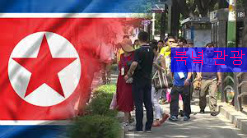

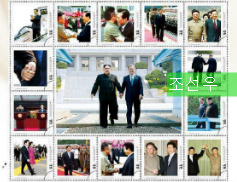
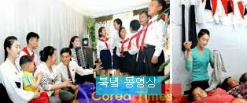
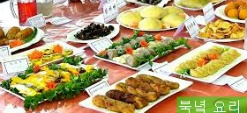
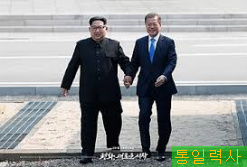
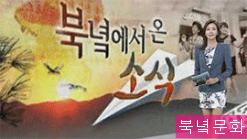






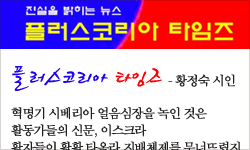


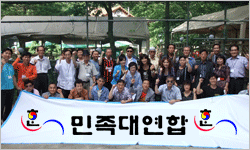







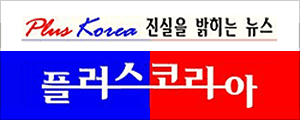



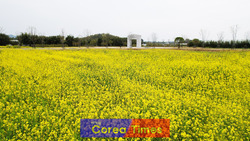
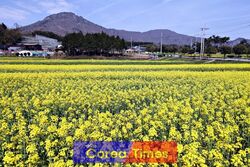


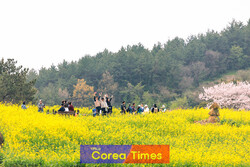



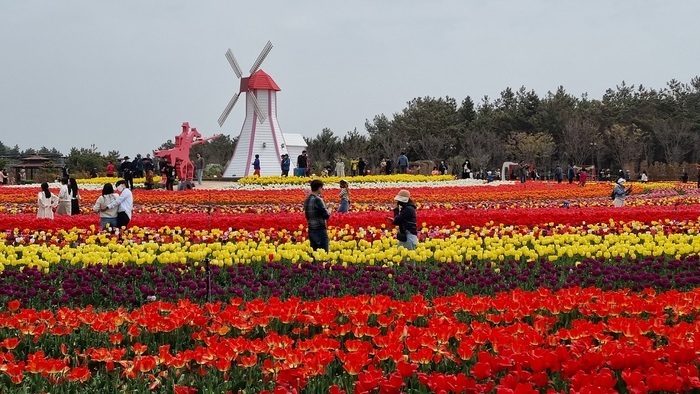
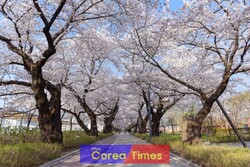
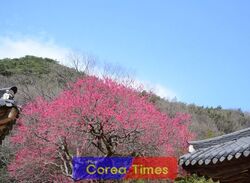
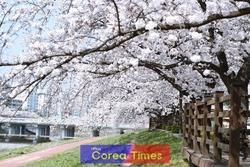
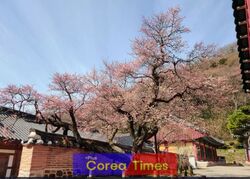

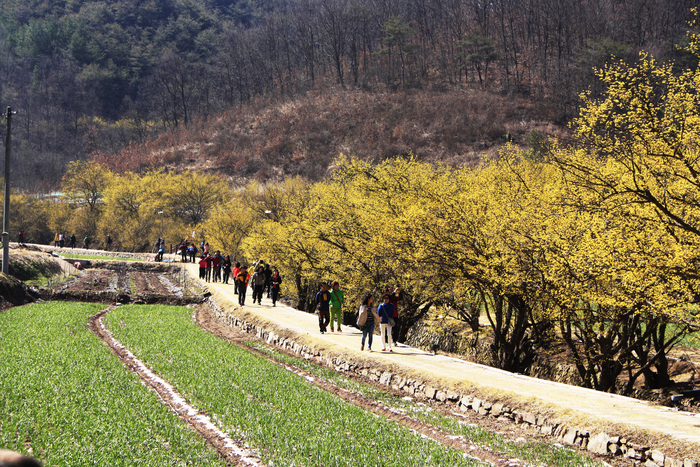
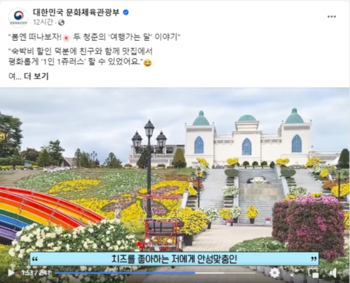
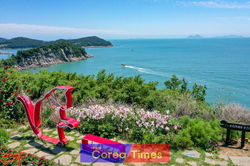
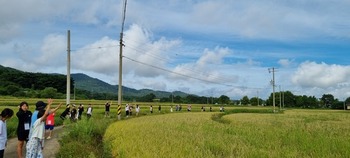
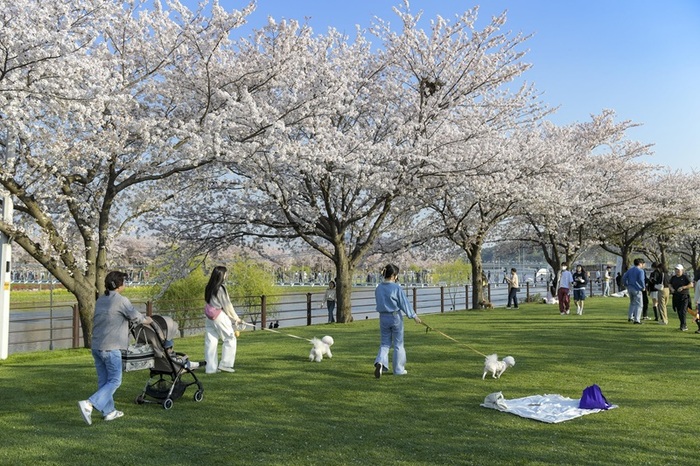
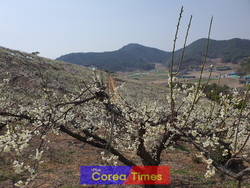
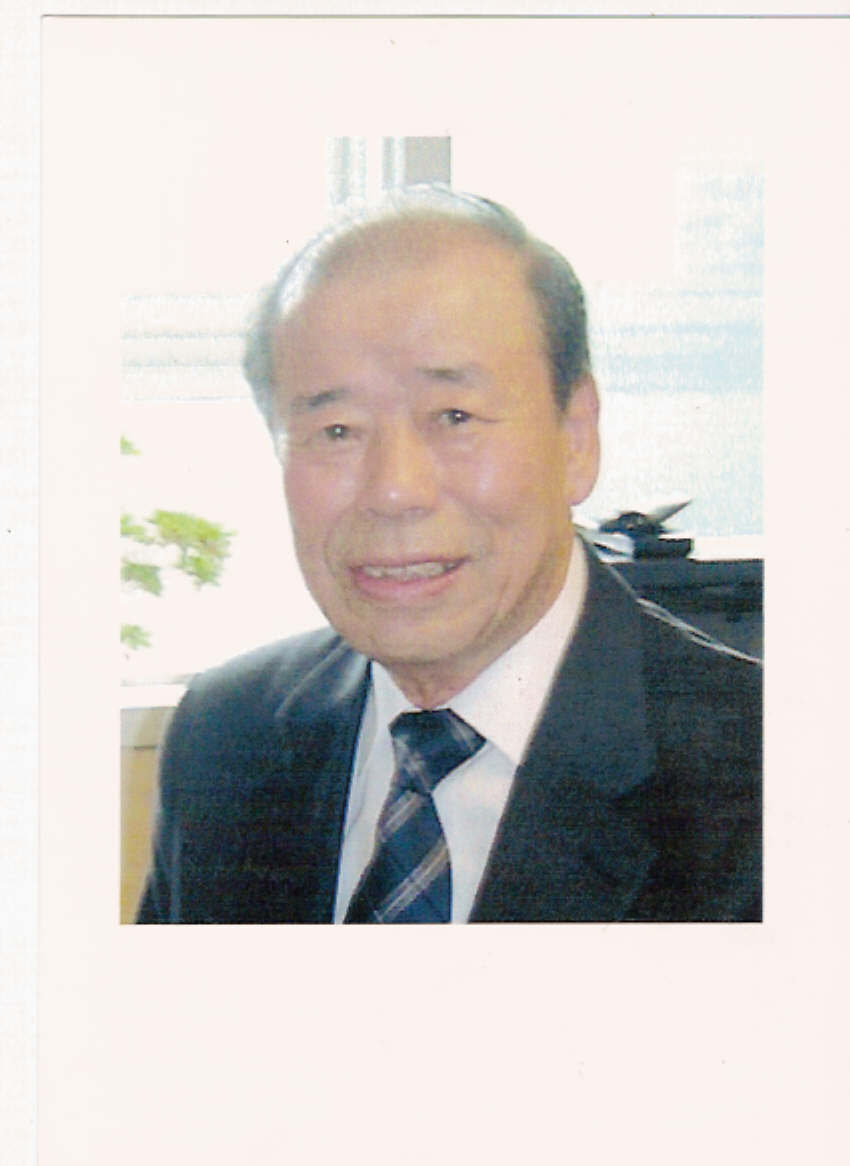
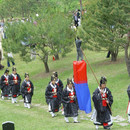


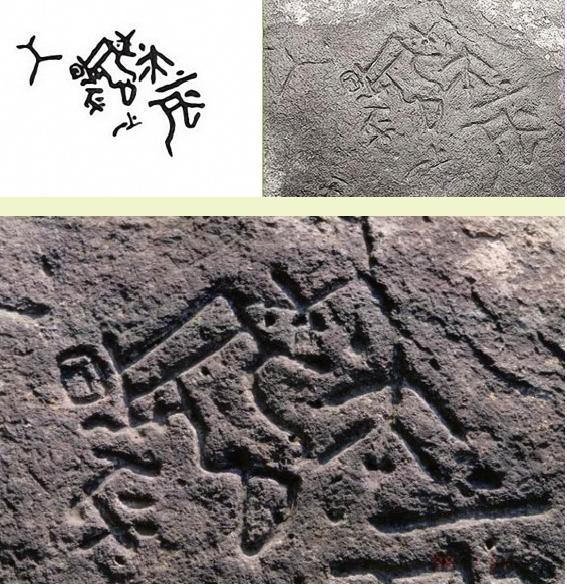
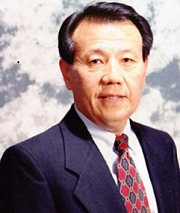
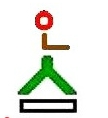
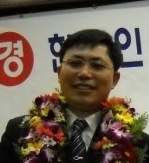
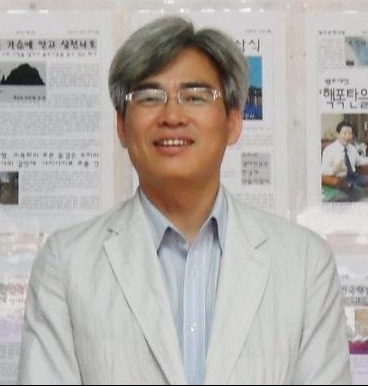
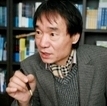
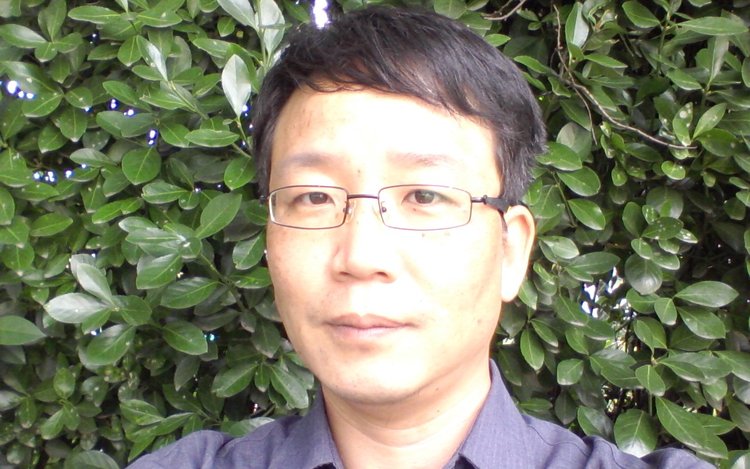
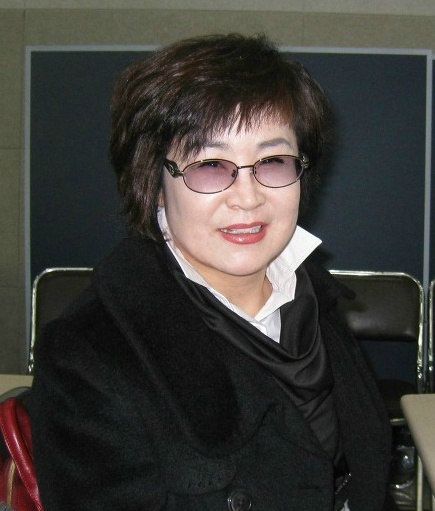

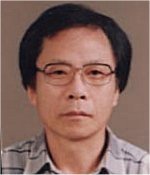
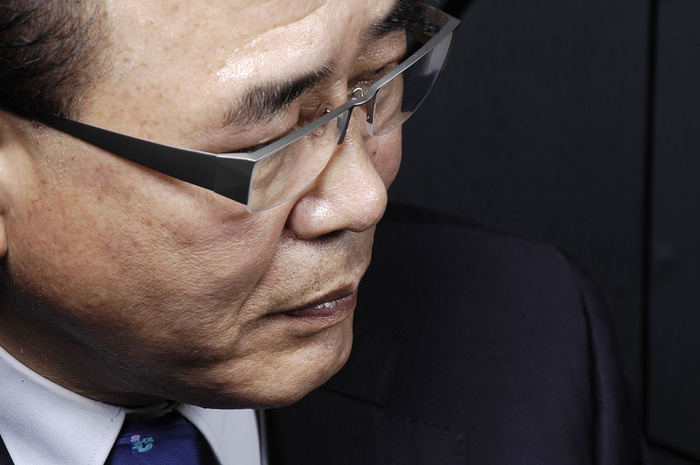
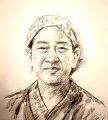
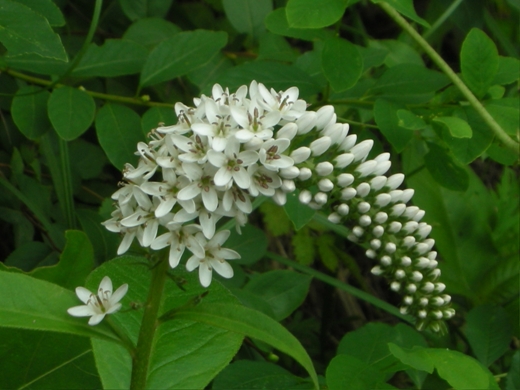
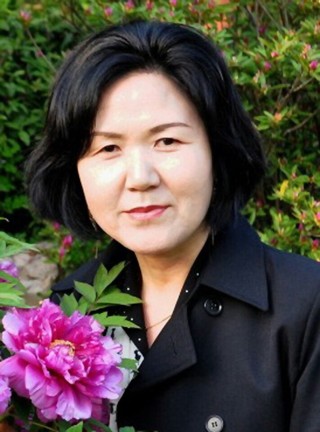
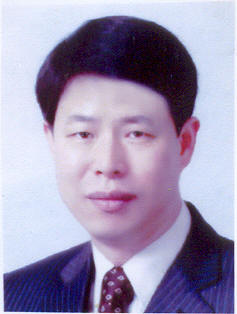

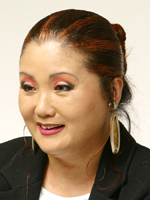
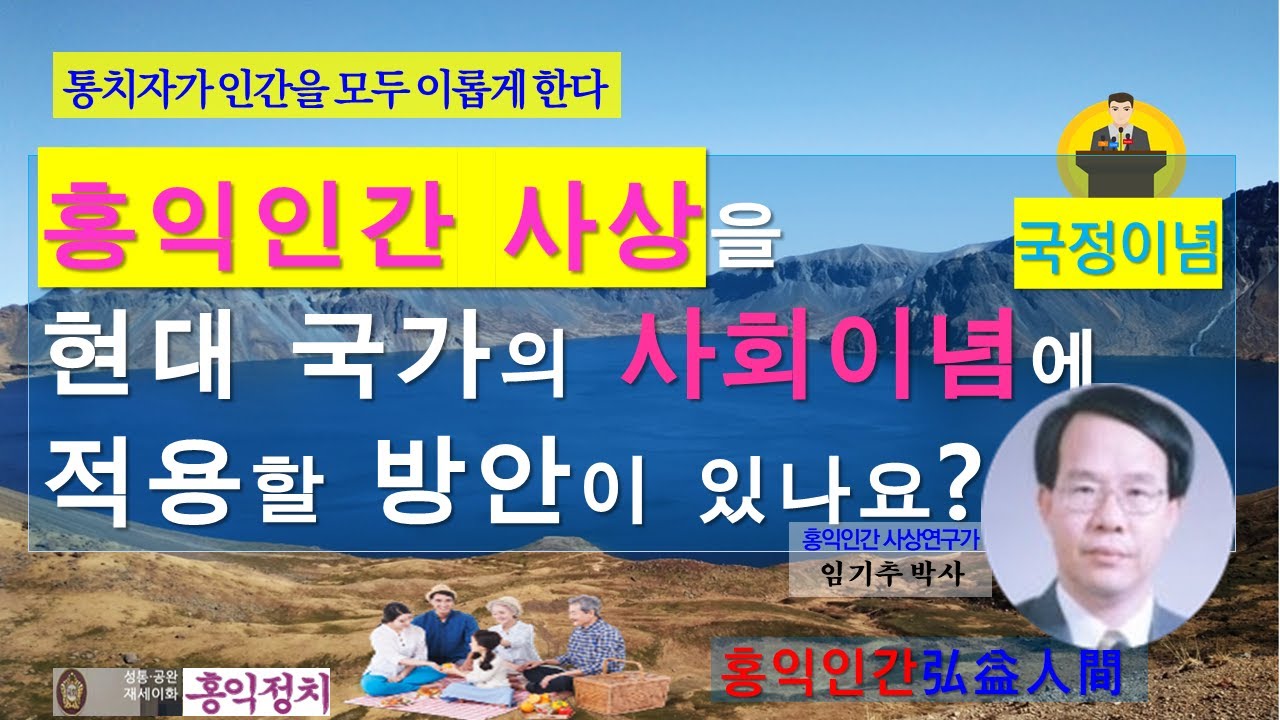

 '잊혀진 계절'누굴위해 존재하는가
'잊혀진 계절'누굴위해 존재하는가
